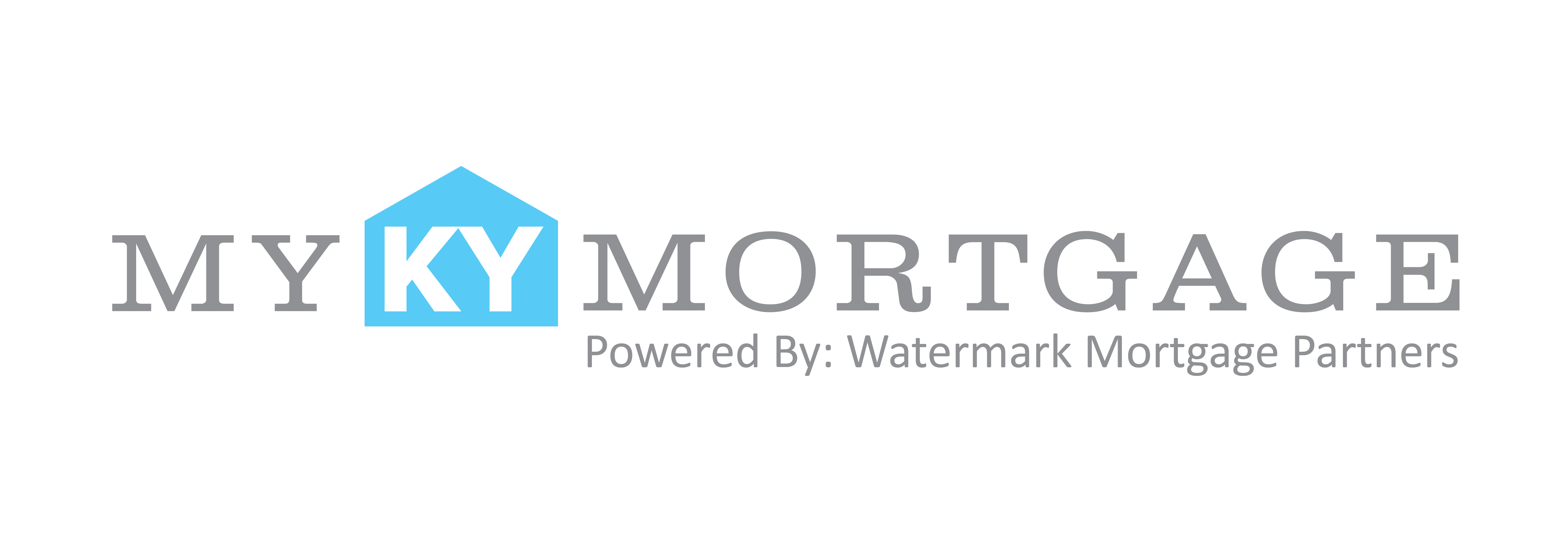An online post in the July 8, 2015 issue of “Liberty Street Economics,” a publication of the Federal Reserve Bank of New York, sheds light on how lenders’ down payment requirements and mortgage rates affect the demand for homes. The post summarizes key points of a staff report by senior economists Andreas Fuster and Basit Zafar that analyzed results of the 2014 SCE Housing Survey.
The survey obtained responses from approximately 1,000 household heads, both renters and homeowners, regarding their willingness to pay, or “WTP,” when considering the purchase of a similar home under various hypothetical conditions. A decrease in the required down payment from 20 percent to 5 percent of the home’s purchase price increased the overall WTP by 15 percent. The increase in WTP among renters who were surveyed was much higher, nearly 40 percent.
Surprisingly, changing the mortgage interest rate up or down 2 percent did not greatly influence willingness to pay. WTP decreased approximately 5 percent when the fixed rate for a 30-year mortgage was set at 6.5 percent instead of 4.5 percent. A similar WTP increase was seen in scenarios that reduced the fixed rate from 6.5 percent to 4.5 percent.
Even though a reduction in the mortgage rate yields greater savings over the lifetime of most mortgages, down payment reductions appear to have a much greater impact on housing demand. Further, the loan-to-value cap, referred to as “LTV,” which limits the percent of a total home’s value that can be financed, greatly affects the home-buying decisions of persons who have limited assets, no matter what their income potential may be.


